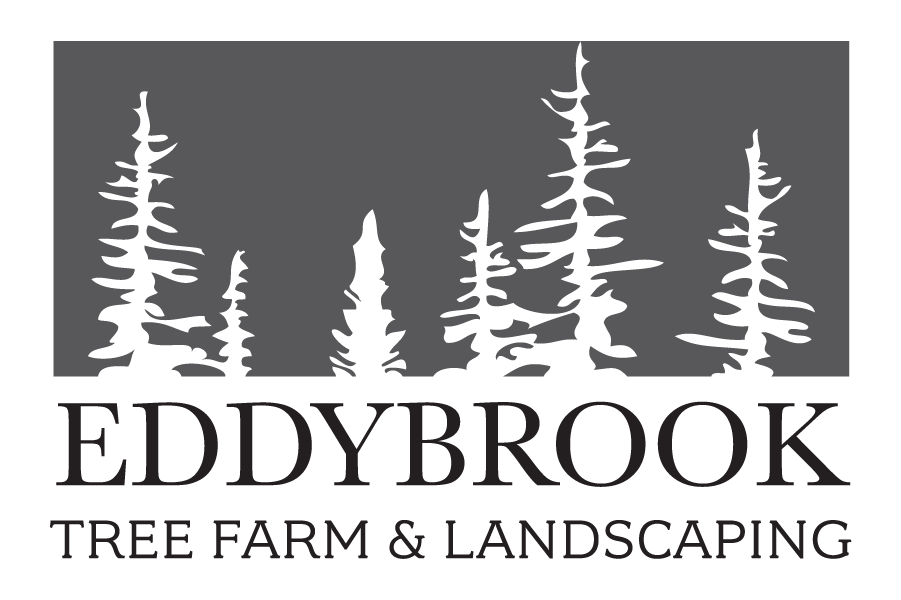Shade gardening can be challenging unless you carefully assess conditions at the planting site and then do some research about plants before selecting them. Degrees of shade range from dense or deep, to medium, to partial or light. Dense shade means there is never any direct sunlight; it is created by trees and buildings. Medium shade is found under densely branched deciduous trees. Light or partial shade means less than six hours of direct sun each day; shaded but bright, with some direct sun. Every plant is rated for its light needs so check a plant’s requirements on the plant tag or in the catalog or online description. Shady locations are usually cooler than sunny spots.
Competition: Planting under trees creates watering and fertilizer challenges because trees are competitive with smaller plants’ roots and usually take up most of the water and nutrients, depriving the smaller plants.
Annuals Certain annuals do well in shade, but not flowering varieties if it is dense shade. If you want to grow annuals from seed it is best to start the seeds indoors rather than direct seeding in the shade. Impatiens are one of the most popular annuals for shaded locations. Other annuals to check out are wax begonias, Coleus, dwarf salvias, Browallia, Fuchsia, cosmos, and feverfew.
Bulbs: can be planted in light shade but not in densely shaded areas unless they are treated as annuals. The reason is that after the flowers fade the leaves must be in the sun and allowed to die back naturally so they can make enough food to store in the bulb for the next annual bloom cycle. In dense shade bulbs will produce leaves every year but no flowers.
Perennials: the key to knowing whether it is located in the right light conditions is to see whether or not it blooms. Most perennials will bloom in light shade but some, mostly woodland plants, blossom even in dense shade. In very difficult situations: dense shade, a ground cover may be the best choice. Ferns are always a practical and charming addition to any shade garden.

